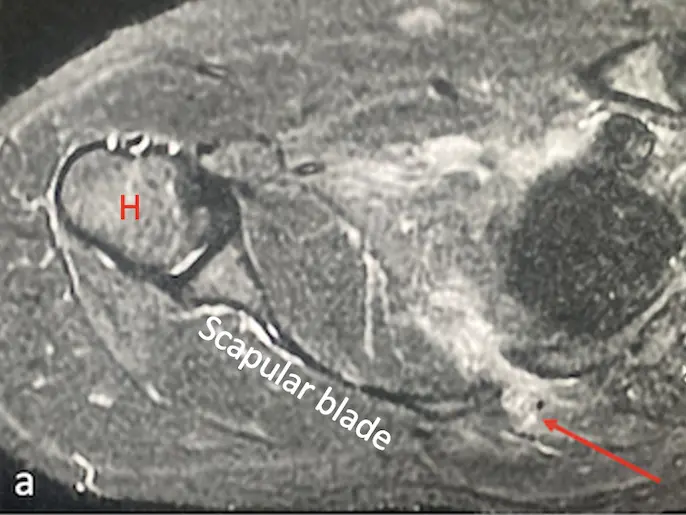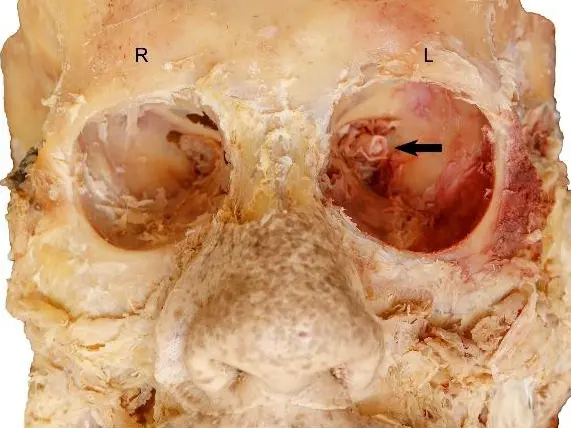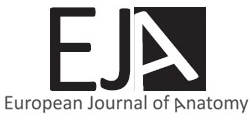Anatomical variations of the intra- and extra-hepatic biliary system are common, including those affecting the course and insertion point of the cystic duct. Adequate knowledge of such variations and an appropriate roadmap before any surgical, endoscopic or percutaneous procedure help in preventing associated iatrogenic complications. Magnetic resonance cholangiopancreatography (MRCP) can precisely delineate the anatomy of the biliary system preoperatively. We report the case of a 72-year-old female patient who presented with chronic right upper quadrant abdominal pain of 6 months duration, which had acutely worsened over the previous 2 weeks, and no other comorbidities. Blood tests were normal. Abdominal ultrasound revealed a slight dilatation of the common hepatic duct (10 mm), but no gallstones or sludge were demonstrated. MRCP excluded choledocholithiasis but revealed a cystic duct coursing medial to the common bile duct before anastomosing at the level of the ampulla of Vater. Trifurcation (Type 2 variant) of the intra-hepatic bile system was also observed. To the best of the authors’ knowledge, this is the very first report to clearly document this exceptionally rare anatomic cystic duct anomaly on MRCP.
An exceedingly rare case of separated drainage of the cystic duct, the common bile duct and the main pancreatic duct documented on magnetic resonance cholangiopancreatography
Nicolò Brandi1, Marta Fiscaletti2, Matteo Renzulli1
1 Department of Radiology, IRCCS Azienda Ospedaliero-Universitaria di Bologna, Via Albertoni 15, Bologna, Italy
2 Radiology Units, Bellaria and Maggiore Hospitals, AUSL Bologna, Bologna, Italy
SUMMARY
Eur. J. Anat.
, 28
(1):
125-
129
(2024)
ISSN 2340-311X (Online)
Sign up or Login
Related articles
Case report
Case report



